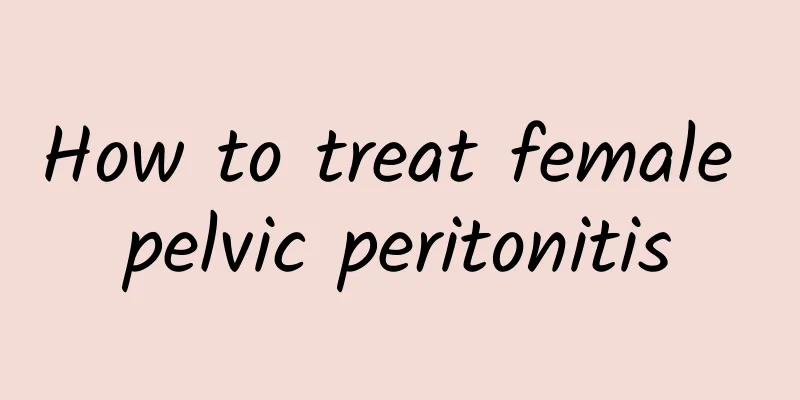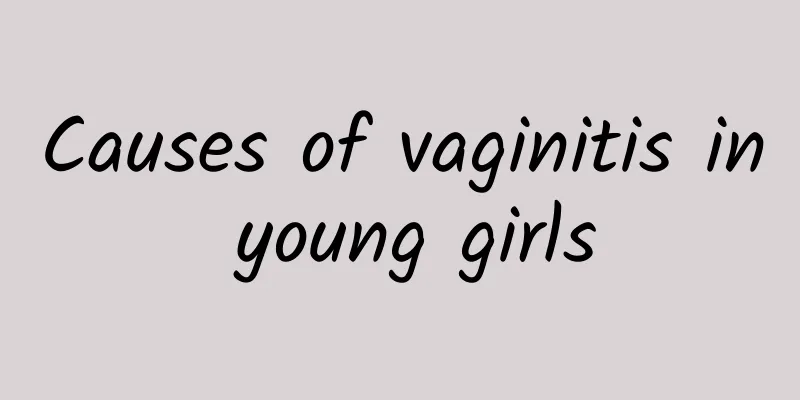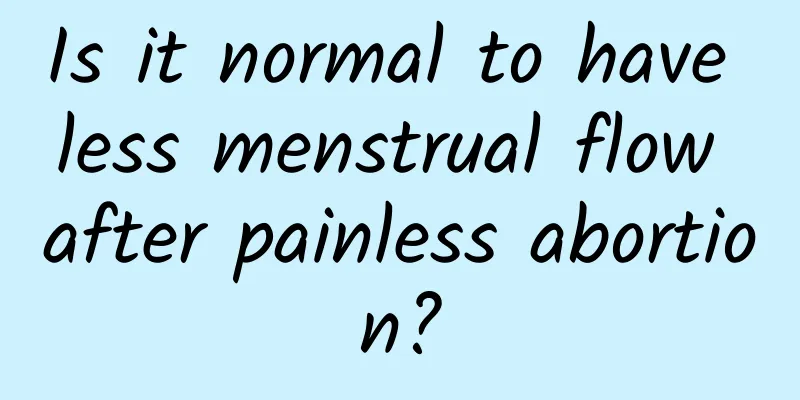How to treat female pelvic peritonitis

|
With the development and progress of society, more and more diseases are plaguing people. Among them, the disease with the highest incidence rate is pelvic peritonitis. Suffering from pelvic peritonitis will seriously endanger our health. It brings great pressure to our work and life. Therefore, many people are currently looking for ways to treat pelvic peritonitis. 1. Non-surgical treatment ① Body position: When there is no shock, the patient should take a semi-recumbent position, move the lower limbs frequently, and change the pressure points to prevent venous thrombosis and bedsores. ②Fasting: Patients with gastrointestinal perforation must absolutely fast to reduce continued leakage of gastrointestinal contents. ③ Gastrointestinal decompression: It can reduce gastrointestinal distension and improve gastrointestinal wall blood circulation. It is an indispensable treatment for patients with pelvic peritonitis. ④ Intravenous infusion: Patients with pelvic peritonitis who are fasting must receive infusion to correct water electrolyte and acid-base imbalance. ⑤Supplement calories and nutrition: Acute pelvic peritonitis requires a large amount of calories and nutrition to supplement its needs. ⑥Application of antibiotics: A large amount of broad-spectrum antibiotics should be used in the early stage, and then adjusted according to the results of bacterial culture. Intravenous drip is the best route of administration. ⑦ Analgesia: For patients whose diagnosis has been clear and treatment methods have been decided, it is necessary to appropriately use sedatives and analgesics to relieve the patient's pain. 2. Surgical treatment ① Lesion treatment: Eliminating the cause of pelvic peritonitis is the main purpose of surgical treatment. ② Clean the abdominal cavity: After eliminating the cause of the disease, the pus in the abdominal cavity should be sucked out as much as possible, and the food and residue, feces, foreign objects, etc. in the abdominal cavity should be removed. ③Drainage: so that the remaining inflammation can be controlled, limited and disappear. Warm reminder, by reading the above we have learned some methods of treating pelvic peritonitis. First, we can also use some non-surgical treatment methods, that is, some fasting and gastrointestinal compression. Secondly, we can also use surgical treatment. Of course, our patients should choose a method that suits them to treat pelvic peritonitis. |
<<: What can help treat pelvic peritonitis?
>>: General treatment of pelvic peritonitis
Recommend
What are the hazards of cervical erosion in women? There are 6 major hazards of cervical erosion in women
Gender experts said that although cervical erosio...
What are the causes of cervicitis?
Cervicitis, as the name suggests, is an inflammat...
Can I drink honey water if I have symptoms of threatened abortion?
If you have symptoms of threatened abortion, you ...
Can you lose weight by drinking water? Artist Gillian Chung reveals her drinking schedule, not only does she lose weight but she also becomes more beautiful
The latest stills of the new movie "Fengshen...
Analysis of the hazards of three relatively serious cervical hypertrophy
It is understood that many female friends delay t...
Can an ectopic pregnancy test paper detect it?
Ectopic pregnancy refers to a pregnancy in which ...
Analysis: The main causes of adnexitis
What are the main causes of adnexitis? Adnexitis ...
What to do if the uterus prolapses and the vaginal wall bulges
Uterine prolapse and vaginal wall prolapse are tw...
What foods are helpful for treating endometrial tuberculosis?
I believe that everyone has a general understandi...
Can blocked fallopian tubes after abortion be cured?
Can blocked fallopian tubes after abortion be cur...
Nursing care for female patients with miscarriage
The care of female patients who have had miscarri...
Introduction to the three main types of people who are susceptible to uterine fibroids
In real life, every female friend may suffer from...
How long does it take to get your period after a medical abortion? Please be sure to see a doctor
After a female medical abortion, due to changes i...
What to do if adolescent girls have ovulation bleeding
Ovulation bleeding in adolescent girls can be all...
Introduction to the cost of medical abortion
Medical abortion is currently favored by many peo...









